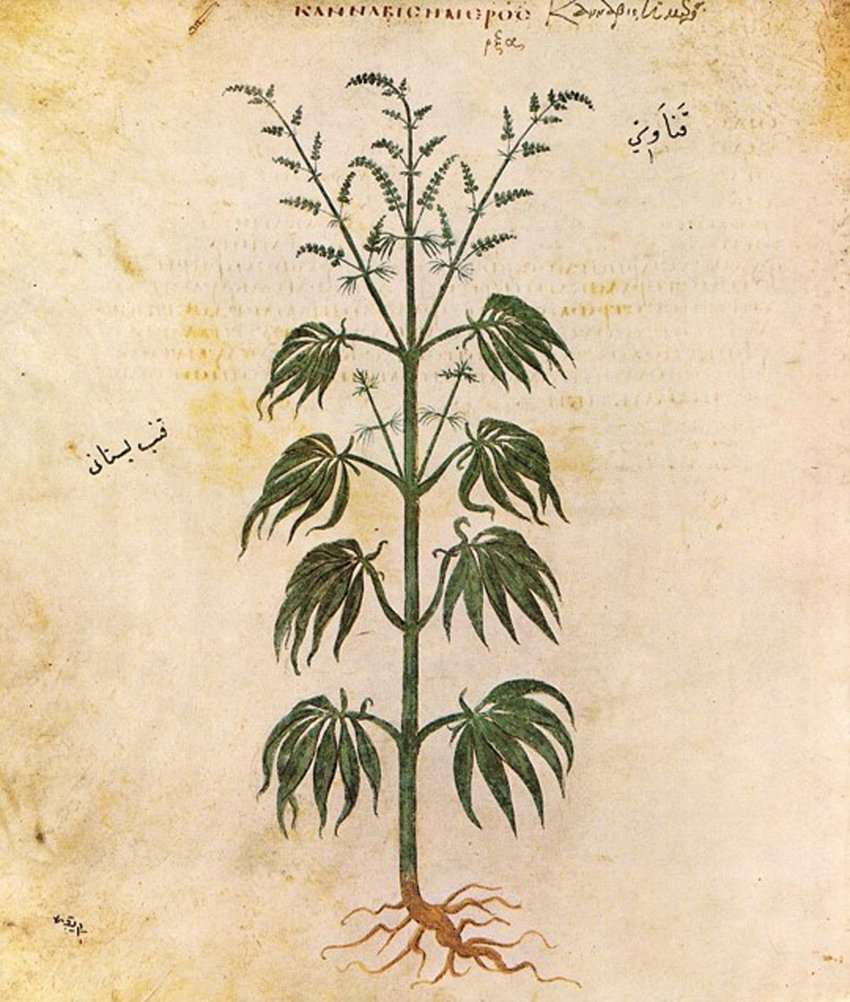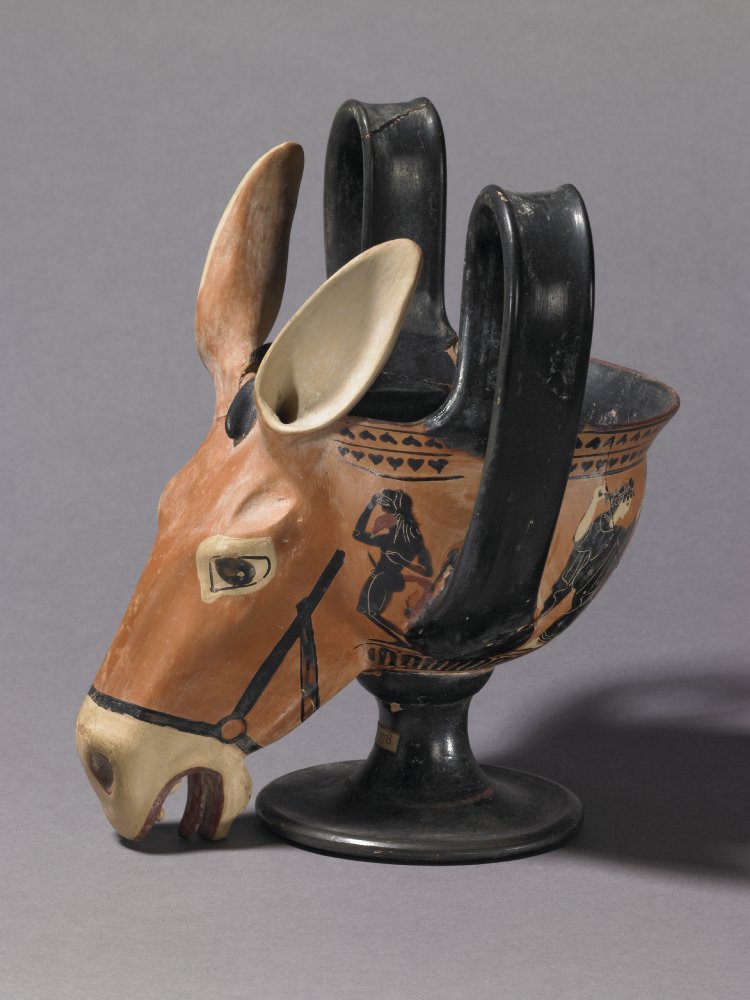
Today the @ASCSAthens exhibition Hippos: The Athenian Horse kicks off
A centerpiece of the show is this horse skeleton I analyzed from the cemetery at ancient Phaleron, outside of Athens
/2
A centerpiece of the show is this horse skeleton I analyzed from the cemetery at ancient Phaleron, outside of Athens
/2

As a zooarchaeologist, I analyze ancient Greek animal bones. You might think I study horses all the time?
Nope. Most of what I Iook at is different! Normally it’s broken up bits of food trash. Beef, pork, lamb, etc
So, this study of horse skeletons has been fun & challenging
/3
Nope. Most of what I Iook at is different! Normally it’s broken up bits of food trash. Beef, pork, lamb, etc
So, this study of horse skeletons has been fun & challenging
/3

The first trick to studying horse burials is making sure that they are horses. Seriously.
A great museum exhibit is in Uppsala, Sweden of a life-size display of a ship burial. Off to the side is a small display case: “The horse was a cow”
Glad I didn’t screw up that ID!
/4

A great museum exhibit is in Uppsala, Sweden of a life-size display of a ship burial. Off to the side is a small display case: “The horse was a cow”
Glad I didn’t screw up that ID!
/4


The Uppsala mistake was because the archaeologists didn’t get a zooarchaeologist to study the bones at first
Plus, horse, donkey, and mule bones are nearly identical. A few enamel folds in their teeth are a bit better for distinguishing these closely related equids
/5
Plus, horse, donkey, and mule bones are nearly identical. A few enamel folds in their teeth are a bit better for distinguishing these closely related equids
/5

“Surely horses are MUCH larger than donkeys?”
I hear you thinking it from here
Today, sure. However, the super horses, you are picturing are modern products of selective breeding. Evolution controlled by human interests
Like this absolute unit: the Brooklyn Supreme
/6
I hear you thinking it from here
Today, sure. However, the super horses, you are picturing are modern products of selective breeding. Evolution controlled by human interests
Like this absolute unit: the Brooklyn Supreme
/6

A groundbreaking study, published recently from @AHRC_Warhorse shows the reality
Measurements on thousands of medieval horses show they were often smaller than our modern cutoff dividing pony from horse: 14.2 hands (1.44m) at the withers (shoulder)
onlinelibrary.wiley.com/doi/10.1002/oa…
/7
Measurements on thousands of medieval horses show they were often smaller than our modern cutoff dividing pony from horse: 14.2 hands (1.44m) at the withers (shoulder)
onlinelibrary.wiley.com/doi/10.1002/oa…
/7
The same is true of the horses from Phaleron
They range in stature, with some small ones (1.28m) and some larger ones (1.4m). All fit comfortably into the size range published by @CarlyDigsIt & colleagues for English Medieval horses
They’d be classed as ponies today
/8
They range in stature, with some small ones (1.28m) and some larger ones (1.4m). All fit comfortably into the size range published by @CarlyDigsIt & colleagues for English Medieval horses
They’d be classed as ponies today
/8

While the their teeth show these animals to all be horses, I’d like to stop thinking about horses
From beginning to end, the story of these horses and the @ASCSAthens exhibit is about humans
From modern breeding for size to the careful selection of these horses for burial
/9
From beginning to end, the story of these horses and the @ASCSAthens exhibit is about humans
From modern breeding for size to the careful selection of these horses for burial
/9

When confronted with buried horses, our instinct today is to think of them as treasured pets. We love our horses like family
All the art on display shows the value of horses to the ancient Greeks
But the human decision to bury theses horses was something different
/10
All the art on display shows the value of horses to the ancient Greeks
But the human decision to bury theses horses was something different
/10

The first odd pattern, I noticed while studying these horses also came from their teeth
The presence of larger canine teeth demonstrated that most of these horses were male. The teeth also tell us that these horses were young, most were from 4-6 years old
/11
The presence of larger canine teeth demonstrated that most of these horses were male. The teeth also tell us that these horses were young, most were from 4-6 years old
/11

Did you know that our methods to age horses from their teeth are not much different than those used by ancient Romans to age live horses by examining their incisors?
Zooarchaeologists are a bit more precise, but it goes to show why you don’t look a gift horse in the mouth!
/12
Zooarchaeologists are a bit more precise, but it goes to show why you don’t look a gift horse in the mouth!
/12

So, these horses were not treasured pets buried after a long, life. They were young. One hasn’t even lost its baby teeth!
The ancient Greeks carefully selected these horses as appropriate for burial in this cemetery, likely as a funerary sacrifice of sorts
/13
The ancient Greeks carefully selected these horses as appropriate for burial in this cemetery, likely as a funerary sacrifice of sorts
/13

The second odd thing I noticed was that one of the horses had cutmarks visible on two of its bones
I’ve studied butchered horse bones in ancient Greek settlements, so I know horses were sometimes eaten
But that’s not what’s going on here
/14
I’ve studied butchered horse bones in ancient Greek settlements, so I know horses were sometimes eaten
But that’s not what’s going on here
/14

These cutmarks are on bones that came from a complete horse skeleton: at the shoulder and hip joints
I think these cutmarks show that the ancient Greeks were trying to lay out this horse in a burial pose. Its limbs were stiff, so they cut into them to manipulate them
/15
I think these cutmarks show that the ancient Greeks were trying to lay out this horse in a burial pose. Its limbs were stiff, so they cut into them to manipulate them
/15

Many of the other horses at the cemetery are buried in a similar, animated pose. Forelimbs are contracted, and back legs extended, as if in motion
These poses are not much different from horses found in ancient Greek art
/16

These poses are not much different from horses found in ancient Greek art
/16


Horses were symbols throughout the ancient Greek world of wealth and status
There weren’t many wealthy grave goods in this cemetery, so it’s likely the burial of these young, male horses in a pose was an ostentatious display
/17
There weren’t many wealthy grave goods in this cemetery, so it’s likely the burial of these young, male horses in a pose was an ostentatious display
/17

But, not all ancient Greek horses were given burials like these here
These bones, from a well in downtown Athens, were carefully sawn
They are trash from bone-working. The spongy ends were sawn off and the dense, boney shaft was worked into tools or ornaments
/18
These bones, from a well in downtown Athens, were carefully sawn
They are trash from bone-working. The spongy ends were sawn off and the dense, boney shaft was worked into tools or ornaments
/18

Horses are and were magnificent beasts
And, certainly, admire the horses in this exhibit, whether virtually or in person. But, keep in mind the human story
Humans were responsible for both magnificent horse art and these splendid horse bones too
/end
And, certainly, admire the horses in this exhibit, whether virtually or in person. But, keep in mind the human story
Humans were responsible for both magnificent horse art and these splendid horse bones too
/end

I have several Thank Yous to give:
Stella Chryssoulaki for inviting me to study these horse bones
Jenifer Neils for asking me to exhibit these horses
The entire Faliro Delta excavation team for careful excavation
Barbara Giannakena for careful conservation of the skulls
Stella Chryssoulaki for inviting me to study these horse bones
Jenifer Neils for asking me to exhibit these horses
The entire Faliro Delta excavation team for careful excavation
Barbara Giannakena for careful conservation of the skulls

The amazing, international group of students & volunteers who helped me clean concreted beach sand off the bones
Jonida Martini for conserving the fragmented bones
Takis Karkanas, Jane Buikstra, Eleanna Prevedorou, & the Phaleron Bioarchaeological Project for help w/ the study



Jonida Martini for conserving the fragmented bones
Takis Karkanas, Jane Buikstra, Eleanna Prevedorou, & the Phaleron Bioarchaeological Project for help w/ the study




Andreas Georgiadis and Vivi Gerolymatou who designed the sandy display
@LevInTheMed & Ioanna Damanaki for ideas, support, and logistics about the bone display
Zoe Chalatsi for conservation advice, and Zoe and Dimitri Michailidis for help exhibiting the bones
@LevInTheMed & Ioanna Damanaki for ideas, support, and logistics about the bone display
Zoe Chalatsi for conservation advice, and Zoe and Dimitri Michailidis for help exhibiting the bones

Because the story behind the study and display of these horse bones is also very much a human story
And, yes, fun was had along the way


And, yes, fun was had along the way



And for more threads on ancient animal bones, click that follow button or check out my thread of threads below
https://twitter.com/FlintDibble/status/978941931714736133
• • •
Missing some Tweet in this thread? You can try to
force a refresh










